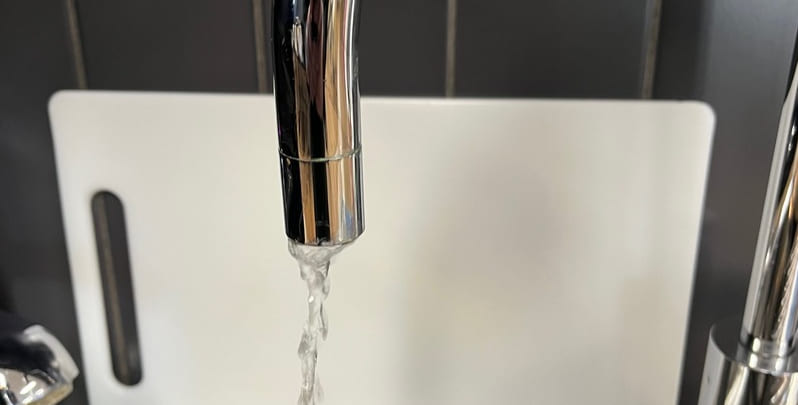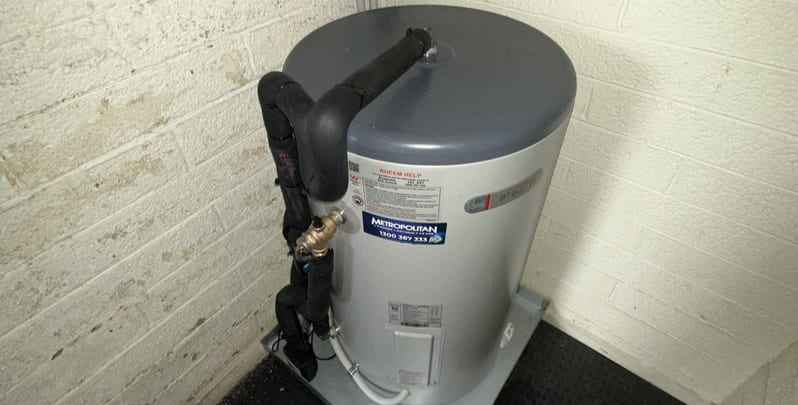Low water pressure is a common plumbing issue that many homeowners face at some point in their lives. When your usual water pressure drops significantly, it can turn simple daily tasks into frustrating challenges. Filling the kitchen sink takes longer than usual, and even a relaxing shower at the end of the day becomes a struggle. Low hot water pressure, in particular, can be especially annoying when you're looking for comfort after a long day.
There are numerous reasons why you might experience low water pressure in your home. From clogged pipes and hidden leaks to a faulty pressure regulator, there are several potential causes. In this guide, we’ll walk you through the most common issues and provide practical solutions to help restore normal water flow.
### Common Causes of Low Water Pressure
Low pressure from your hot water supply can make everyday tasks more difficult. Understanding the root cause is the first step toward solving the problem. Here are some typical reasons you might be experiencing reduced water pressure:
- **Faulty Fixtures**: Clogged taps, showerheads, or outdated fixtures can restrict water flow.
- **Leaky Pipes**: Hidden leaks in your plumbing system can lead to a significant drop in pressure.
- **Corroded or Clogged Pipes**: Over time, mineral buildup or corrosion can block water flow, especially in older homes.
- **Faulty Pressure Regulator**: A malfunctioning pressure regulator can cause inconsistent or low water pressure throughout your home.
- **High Water Demand**: Using multiple water sources at once can temporarily reduce available pressure.
By identifying and addressing these issues, you can improve your home’s water flow and restore efficiency to your plumbing system.

### Check the Water Meter and Main Water Line
Before jumping to conclusions, start by checking your water meter and main water line. Make sure the water meter valve is fully open—partially closed valves can restrict water flow. It's also a good idea to contact your local water supplier if you notice widespread low pressure in your area. They may have shut off or reduced the water supply temporarily.
Additionally, inspect your main water line for any signs of damage or leaks. Even small cracks or leaks can significantly impact your home’s water pressure. If everything looks okay and the issue continues, it’s best to call a licensed plumber for further assistance.
### Faulty Fixtures Can Be the Culprit
Before assuming the entire plumbing system is at fault, check your fixtures. Sometimes, a single problematic fixture—like a clogged showerhead or a worn-out faucet—can cause low water pressure. Common culprits include:
- **Taps** – Build-up or wear can slow down water flow.
- **Showerheads** – Mineral deposits often clog the small holes, reducing pressure.
- **Toilets** – A faulty fill valve can affect how water flows during refilling.
- **Water Softeners** – These systems can become clogged and impact overall pressure.
- **Washing Machine Hoses** – Leaks or blockages here can reduce water flow.
- **Dishwashers** – A clogged inlet valve can cause low pressure when filling the appliance.
Cleaning or replacing these fixtures can often resolve the issue without needing major repairs.
### Issues with Your Water Pipes
If the problem isn’t with your fixtures or water meter, it could be related to your pipes. Here are some pipe-related issues that may be causing low pressure:
#### Corroded Pipes
Older homes with galvanized steel pipes are prone to corrosion. As metal reacts with water, it can form blockages that reduce water flow. The cost of fixing this depends on the extent of the damage. In some cases, only a section of the pipe needs replacement, while in others, a full repipe may be necessary.
#### Mineral Build-Up
Over time, minerals like calcium and lime can accumulate inside your pipes, creating blockages. A professional plumber can flush your system or install an inline filter to prevent future buildup.
#### Incorrect Pipe Size
If you recently had plumbing work done, it's possible that the wrong-sized pipes were installed, leading to reduced pressure. Always hire a licensed and experienced plumber to ensure proper installation.
#### Leaky Pipes
Even small leaks can cause a noticeable drop in water pressure. If you don't see visible leaks, look for signs like higher water bills or damp spots on walls or floors. Hidden leaks should be handled by a professional.
### High Demand Can Cause Pressure Drops
Sometimes, low water pressure is simply due to too many people using water at the same time. For example, if someone is taking a shower while the dishwasher is running, the pressure may drop. Coordinating water usage or upgrading your hot water system can help manage this issue.

### Broken Pressure Regulator
A pressure regulator controls the amount of water entering your home. If it's broken, it can cause low or high pressure throughout your house. If you suspect a faulty regulator, it's best to consult a qualified plumber who can replace it and restore safe, consistent water pressure.
### How to Check Your Water Pressure
Checking your water pressure is a quick and easy process. Follow these steps:
- **Use a Pressure Gauge**: Attach a gauge to an outdoor spigot and turn the water on. Normal pressure ranges between 40–60 psi.
- **Test Multiple Taps**: If only one tap has low pressure, the issue may be with that specific fixture.
- **Check Hot and Cold Water**: Low hot water pressure may indicate a problem with your hot water system, while low pressure in both hot and cold suggests a broader issue.
### Problems with the Water Supply
Sometimes, the issue isn't with your home's plumbing but with your local water provider. Before calling a plumber, reach out to your city or water company. They may be experiencing maintenance or repairs that are affecting water pressure in your area.
### Get Metropolitan Plumbing to Help
If you’re still struggling with low water pressure, Metropolitan Plumbing is here to help. Our professionals can conduct pressure and flow tests, identify the root cause, and provide expert repairs. We offer 24/7 service to ensure your plumbing runs smoothly.
**Note:** This information is for general guidance only. Regulations vary by location, so always consult a licensed professional before making any plumbing changes. For more details, please review our Terms & Conditions.
Industrial Belt
Jiangsu Bailite Transmission Technology Co., Ltd , https://www.zsindustrialbelt.com